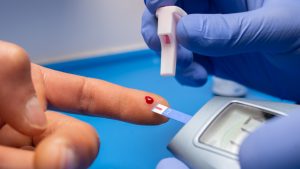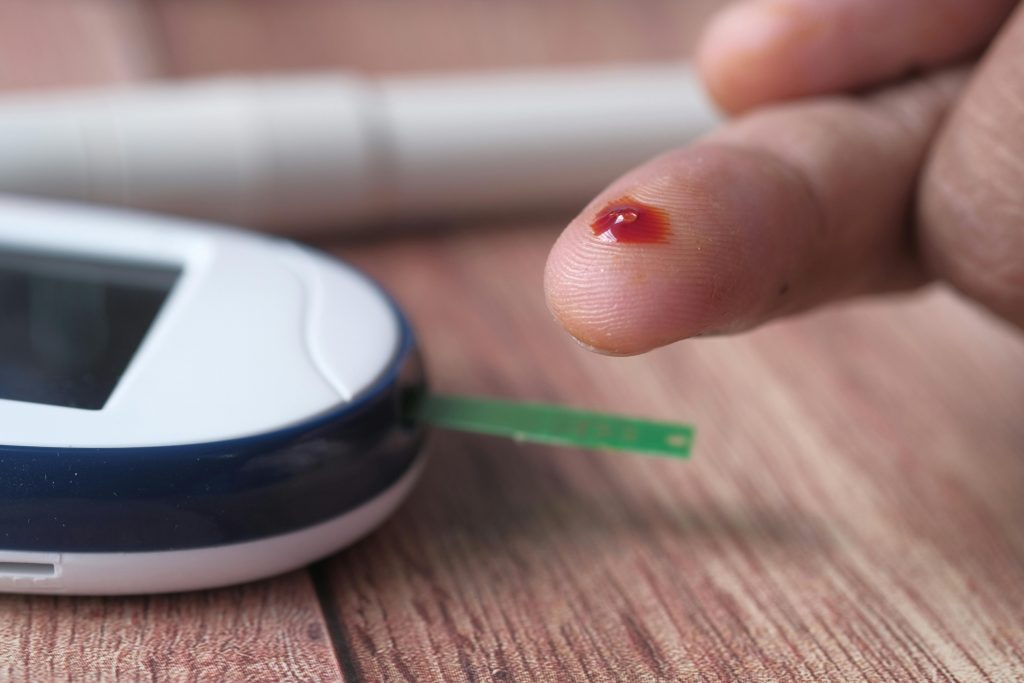Prediabetes is a crucial health indicator that often goes unnoticed. Understanding its symptoms and warning signs can empower you to take proactive steps toward better health. While many individuals may not experience obvious symptoms, recognizing the subtle changes in your body is key to addressing prediabetes early on.
What Are the Common Symptoms?
Many people with prediabetes do not notice any significant symptoms. However, some may experience certain signs that can serve as important clues. Here are some common symptoms associated with prediabetes:
Increased Thirst: Feeling excessively thirsty can be a sign that your body is struggling to regulate blood sugar levels. This can lead to increased fluid intake.
Frequent Urination: If you find yourself needing to urinate more often, especially at night, it may be an indicator of elevated blood sugar levels.
Fatigue: Feeling unusually tired or fatigued can be linked to insulin resistance, where the body is unable to effectively use glucose for energy.
Blurred Vision: High blood sugar levels can cause changes in your eye’s lenses, leading to temporary blurred vision. This symptom often resolves with improved blood sugar control.
Slow Healing: If you notice that cuts and bruises take longer to heal, this may be related to your body’s response to elevated glucose levels.
Dark Patches of Skin: A condition called acanthosis nigricans can cause dark, velvety patches of skin, usually found in body folds like the neck or armpits. This can indicate insulin resistance.
The Importance of Awareness
Recognizing these symptoms is a positive step toward awareness. If you notice any of these signs, it’s essential to consult with a healthcare professional. Early detection is empowering and can lead to effective strategies for managing your health.
Understanding the Silent Nature of Prediabetes
One of the challenges with prediabetes is that it often develops without noticeable symptoms. This silent progression can make it easy to overlook, but it also highlights the importance of regular check-ups. Even if you feel healthy, monitoring your blood sugar levels can provide critical insights into your overall health.
Risk Factors to Consider
In addition to being aware of symptoms, it’s beneficial to understand the risk factors associated with prediabetes. Here are some to keep in mind:
- Family History: A family history of diabetes can increase your risk.
- Overweight: Carrying excess weight, particularly around the abdomen, can be a significant risk factor.
- Sedentary Lifestyle: Lack of physical activity can affect how your body uses insulin.
- Age: The risk of developing prediabetes increases as we age, particularly after 45.
- Ethnicity: Certain ethnic groups may have a higher predisposition to insulin resistance.
Recognizing these risk factors can help you take proactive steps toward preventing the onset of prediabetes.
Taking Action: Empowering Yourself for a Healthier Future
If you suspect you may have prediabetes, it’s important to take action. Here are some steps you can take to empower yourself and improve your health:
Get Tested: If you have any of the symptoms mentioned or are at risk, request a blood test from your healthcare provider. Early detection is key.
Educate Yourself: Learn more about prediabetes and diabetes. Understanding your condition helps you make informed choices about your health.
Adopt a Healthy Lifestyle: Focus on a balanced diet rich in whole foods, engage in regular physical activity, and practice stress management techniques. Small changes can lead to significant improvements.
Set Goals: Establish realistic health goals and track your progress. Celebrate your achievements, no matter how small, as they contribute to your overall well-being.
Seek Support: Connect with healthcare professionals, support groups, or online communities. Sharing your journey with others can provide motivation and encouragement.
Conclusion
While the symptoms of prediabetes may be subtle, awareness is a powerful tool in managing your health. By recognizing the signs and understanding your risk factors, you can take proactive steps toward a healthier future. Remember, every positive change contributes to your overall well-being, and it’s never too late to start your journey toward better health.
Encourage your readers to stay informed and engaged in their health journey, and invite them to follow you for more tips and insights on diabetes and prediabetes.

Type 2 Diabetes: Is It Really Reversible?
A recent National Geographic article [link] explores how type 2 diabetes could be reversible with the right approaches. This condition, which affects millions of people worldwide, has long been considered a chronic and progressive disease. However, recent research challenges this perception and suggests that with lifestyle changes and the right approach, remission is possible. The

How Do GLP-1 Drugs Compare? A Breakdown of Ozempic, Mounjaro, and Trulicity
GLP-1 receptor agonists have revolutionized diabetes management, with drugs like Ozempic, Mounjaro, and Trulicity leading the market. But how do these medications compare in terms of effectiveness, side effects, and patient outcomes? Let’s explore their differences and what they mean for diabetes patients. Understanding GLP-1 Medications GLP-1 receptor agonists mimic a natural hormone that helps

Why Has Medicare Spending on Diabetes Medications Skyrocketed in 5 Years?
In the past five years, Medicare spending on diabetes medications has increased nearly fivefold, reaching $35.8 billion in 2023. This surge has been primarily driven by the growing use of GLP-1 drugs such as Ozempic, Mounjaro, and Trulicity. But what is behind this cost escalation, and how does it affect patients and the U.S. healthcare

The Gut Microbiota and Blood Sugar Control: A Hidden Connection
The human gut is home to trillions of bacteria that play a crucial role in digestion, immune function, and even metabolism. Recent research has revealed a fascinating link between the gut microbiota and blood sugar regulation, shedding light on how the balance of microbes in our intestines can influence diabetes risk and overall metabolic health.

The Dawn Phenomenon: Why Blood Sugar Rises While You Sleep
For many people with diabetes, waking up with high blood sugar levels can be frustrating—especially if they didn’t eat anything overnight. This early-morning spike in blood glucose is known as the Dawn Phenomenon, and it happens due to natural hormonal changes in the body. But why does it occur, and how can it be managed?

The Influence of Red Light on Blood: Can It Improve Diabetes?
Type 2 diabetes is a metabolic disease characterized by insulin resistance and elevated blood glucose levels. In the search for complementary alternatives to improve glycemic control, red light therapy has gained attention due to its potential to enhance circulation, reduce inflammation, and optimize cellular function. But what does science say about it? ✨ What is

